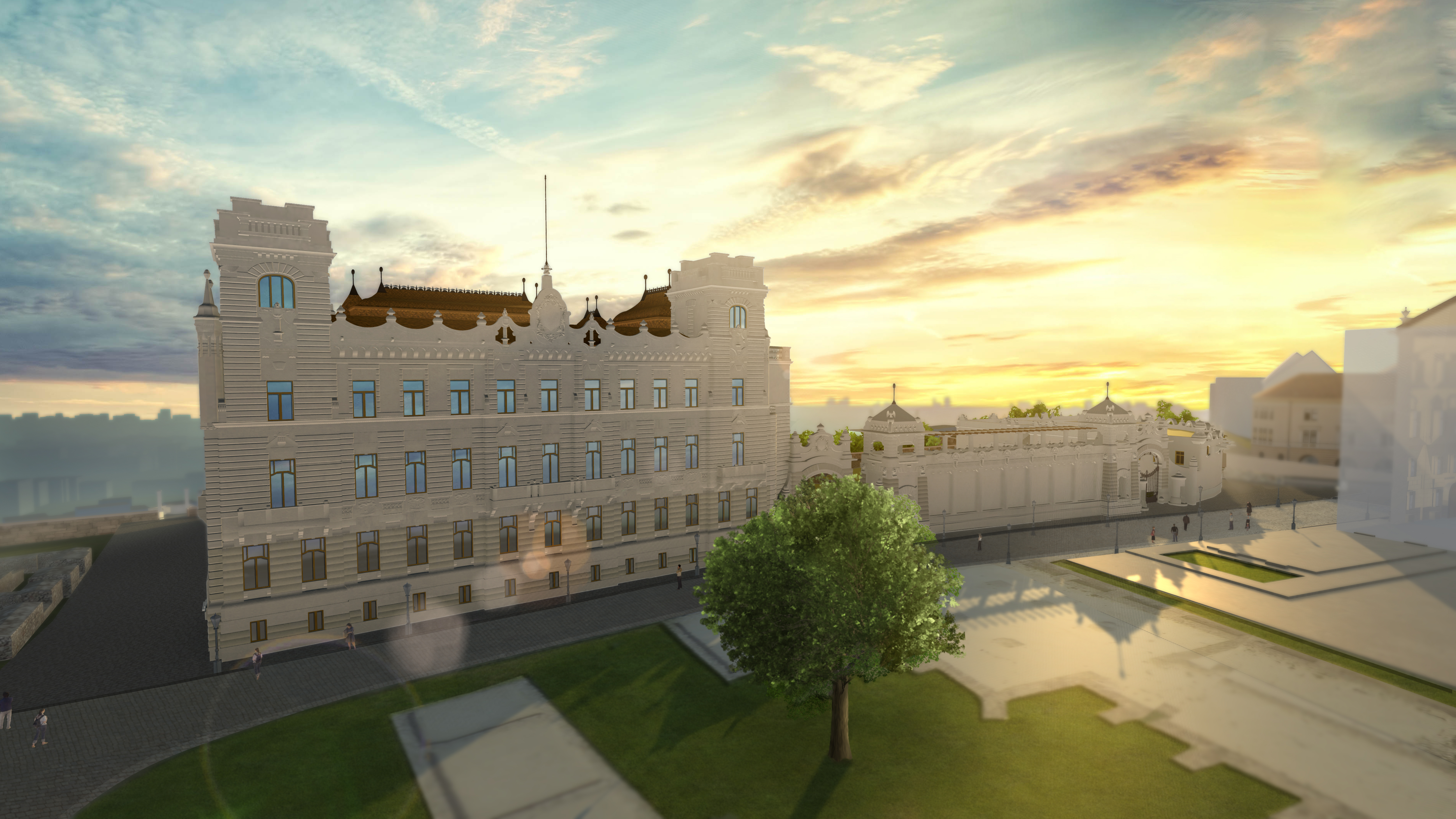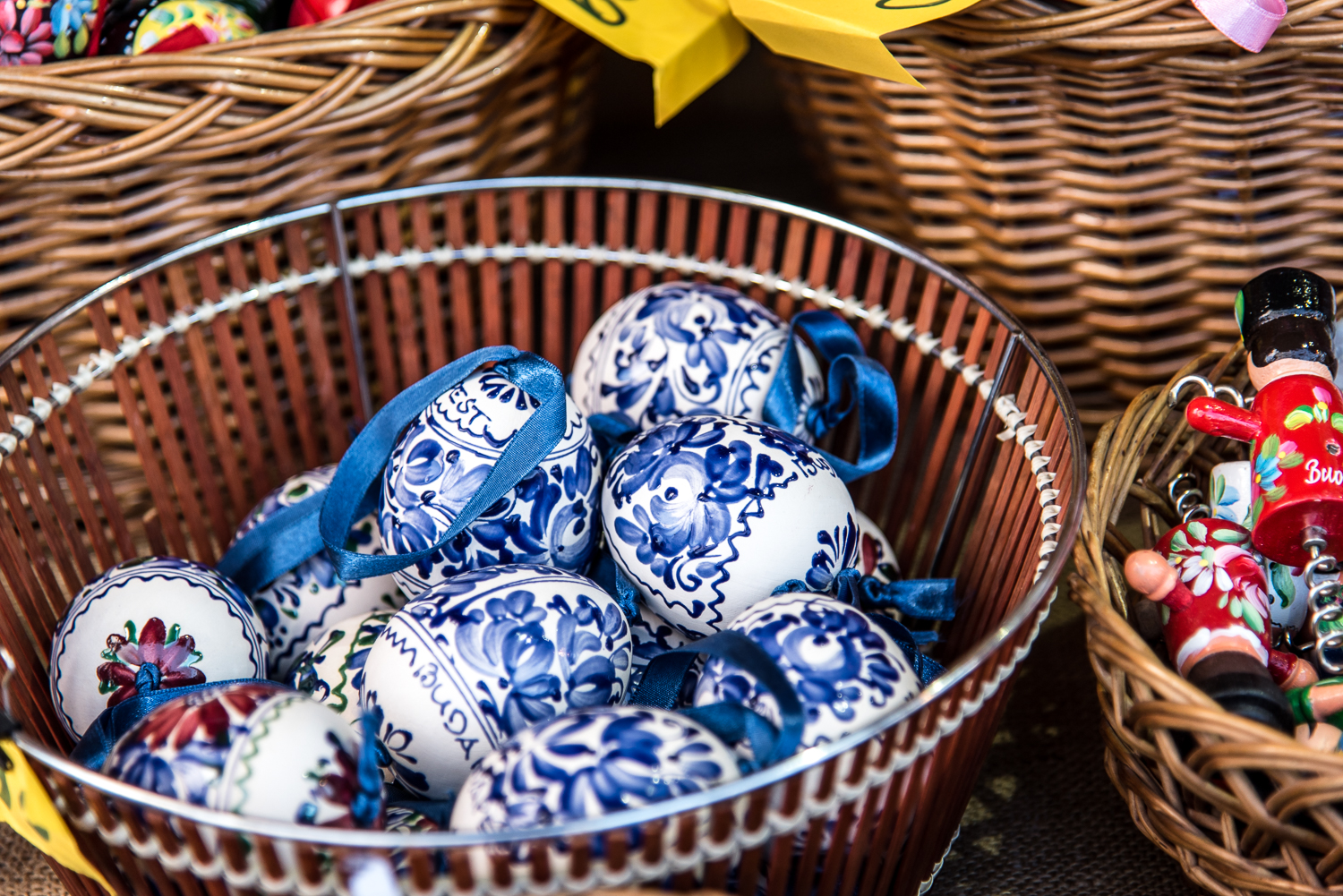More than 150 years of Ottoman rule left their mark on Budapest’s ancient Castle District. The destruction of historic buildings by or immediately after the Ottoman Turks left the plot opposite the Sándor Palace vacant. This was then bought by Lord Lieutenant József Teleki at a military auction. In 1789, he ordered a residential building to be erected there.
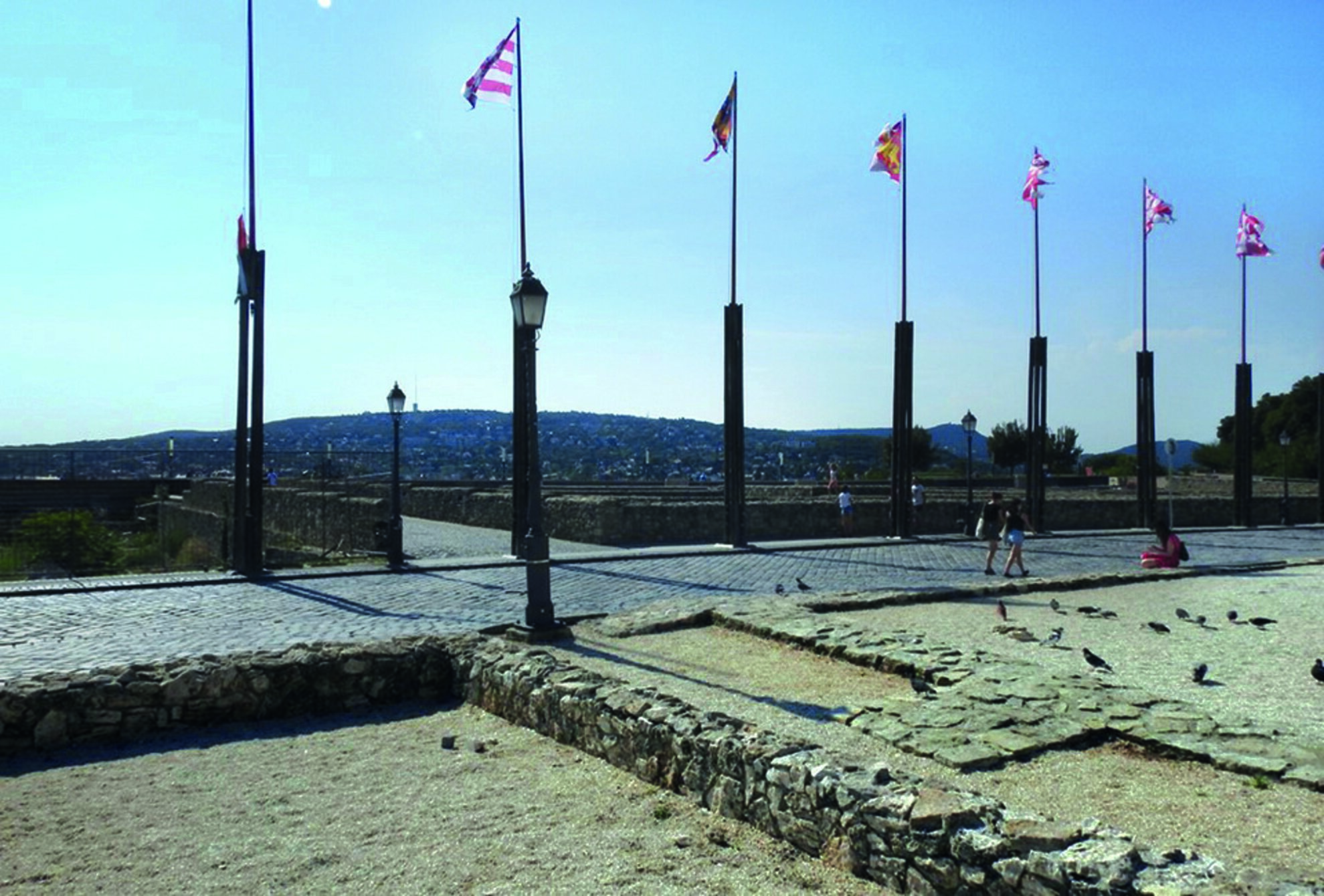
Even though it was named after him, rumour has it that the lord lieutenant never lived at the Teleki Palace. Between 1816 and 1850, aristocrats resided here – including Archduke Ferdinand of Austria-Este, a former military commander in Hungary.
In 1857, the Hungarian Treasury purchased the building from the Teleki family. From that point on, the headquarters of the Habsburg Hungarian military were based here until they moved out around the turn of the century.
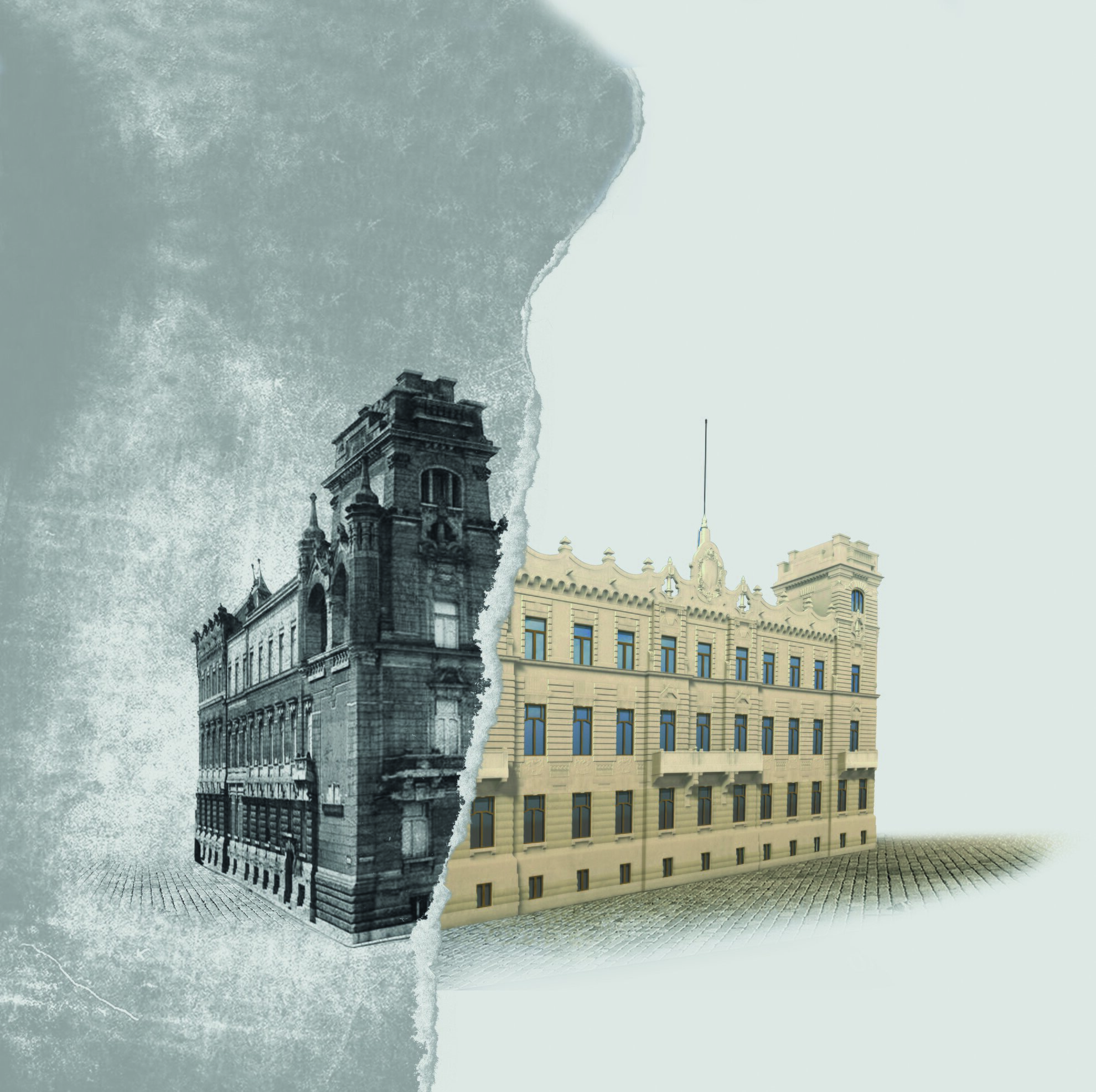
Archduke Joseph August of Austria became the new owner of the palace in 1892. After the military moved out, the extensive renovation of the renamed Palace of Archduke Joseph began.
The renovation was carried out according to the designs of Flóris Korb and Kálmán Giergl, who drew their inspiration from the eclectic architectural style of historicism. A French formal garden and a carriage house were new additions of the completely reformed Neo-Baroque residence, whose renovation was completed in 1906.
The building was severely damaged during the Siege of Budapest in 1945. From 1951, it was used to house workers. Due to lack of regular maintenance, the palace began to deteriorate. Despite its tragic state of neglect, the building could have been saved. However, the historic palace was entirely demolished in 1968.
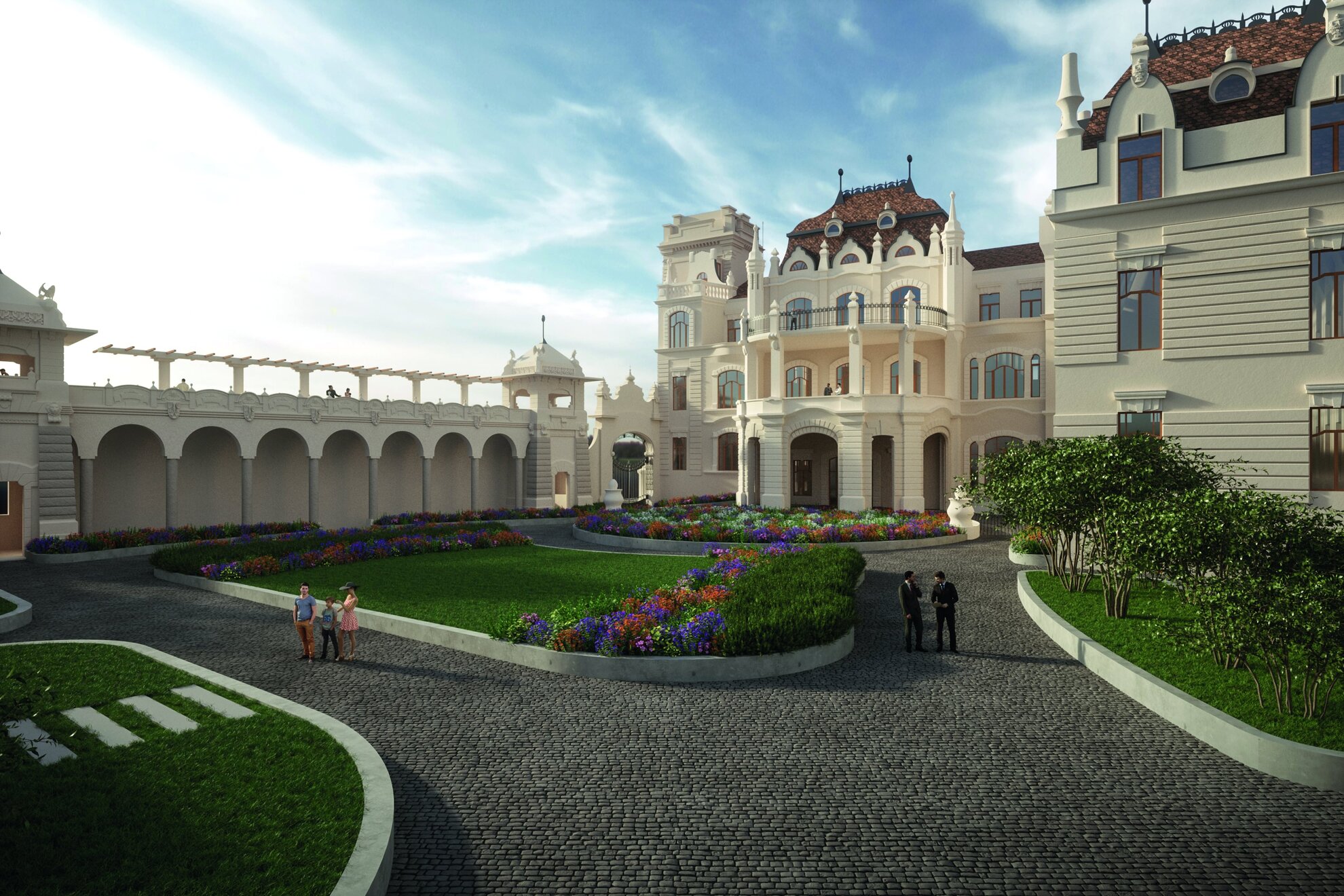
More than 50 years went past before encouraging news of this empty plot emerged. In 2019, it was revealed that the residence – including the Neo-Renaissance garden and the carriage house – will be completely reconstructed under the National Hauszmann Programme, which aims to revamp the tourist-friendly Castle District.
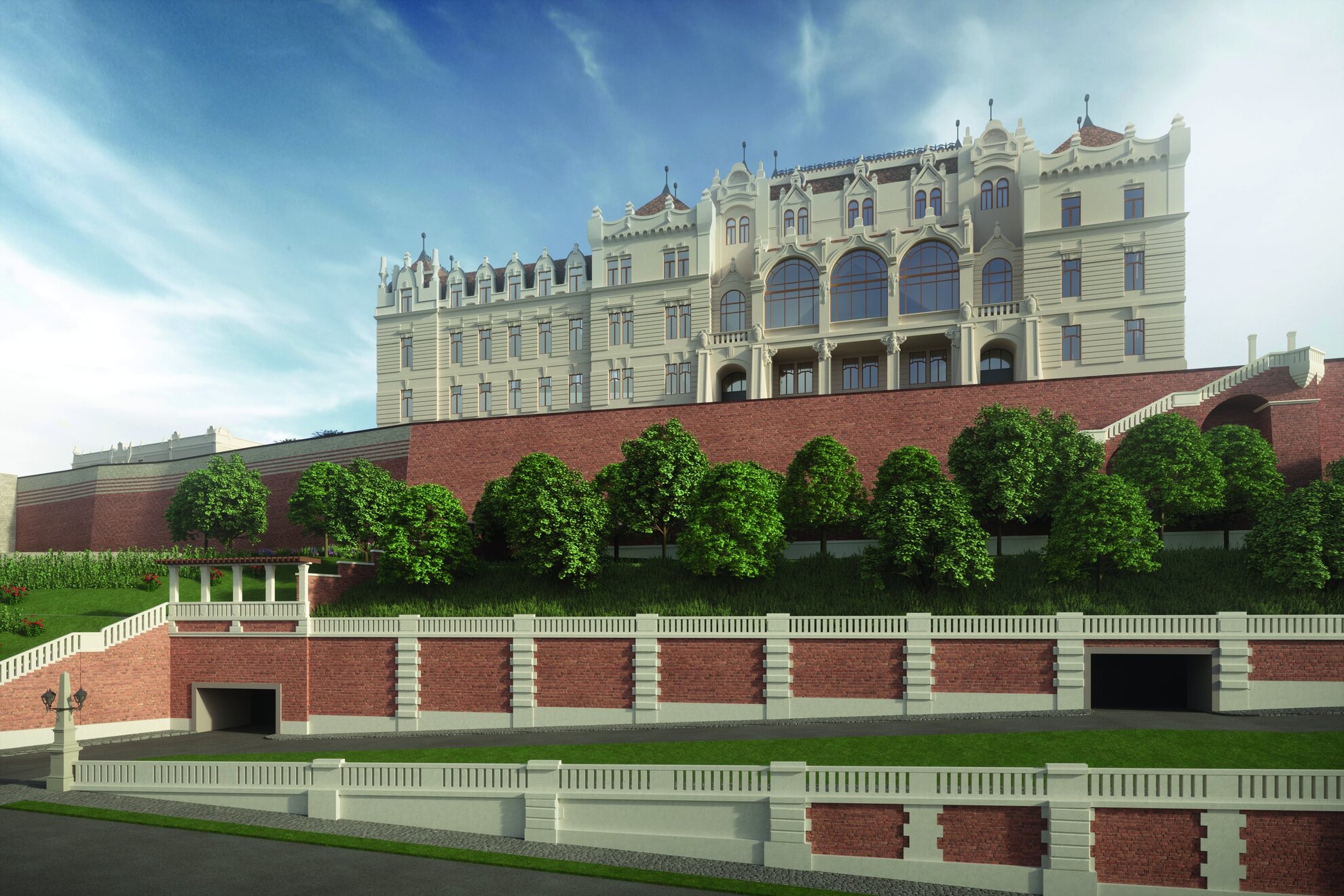
The captivating design plans for the building paint a promising picture of the abandoned plot’s future. The reconstructed palace will mainly offer office space for its new tenants, characterised by contemporary design solutions. The new building’s ornate external wall structure and its imposing rooms will be authentic reproductions of the originals.
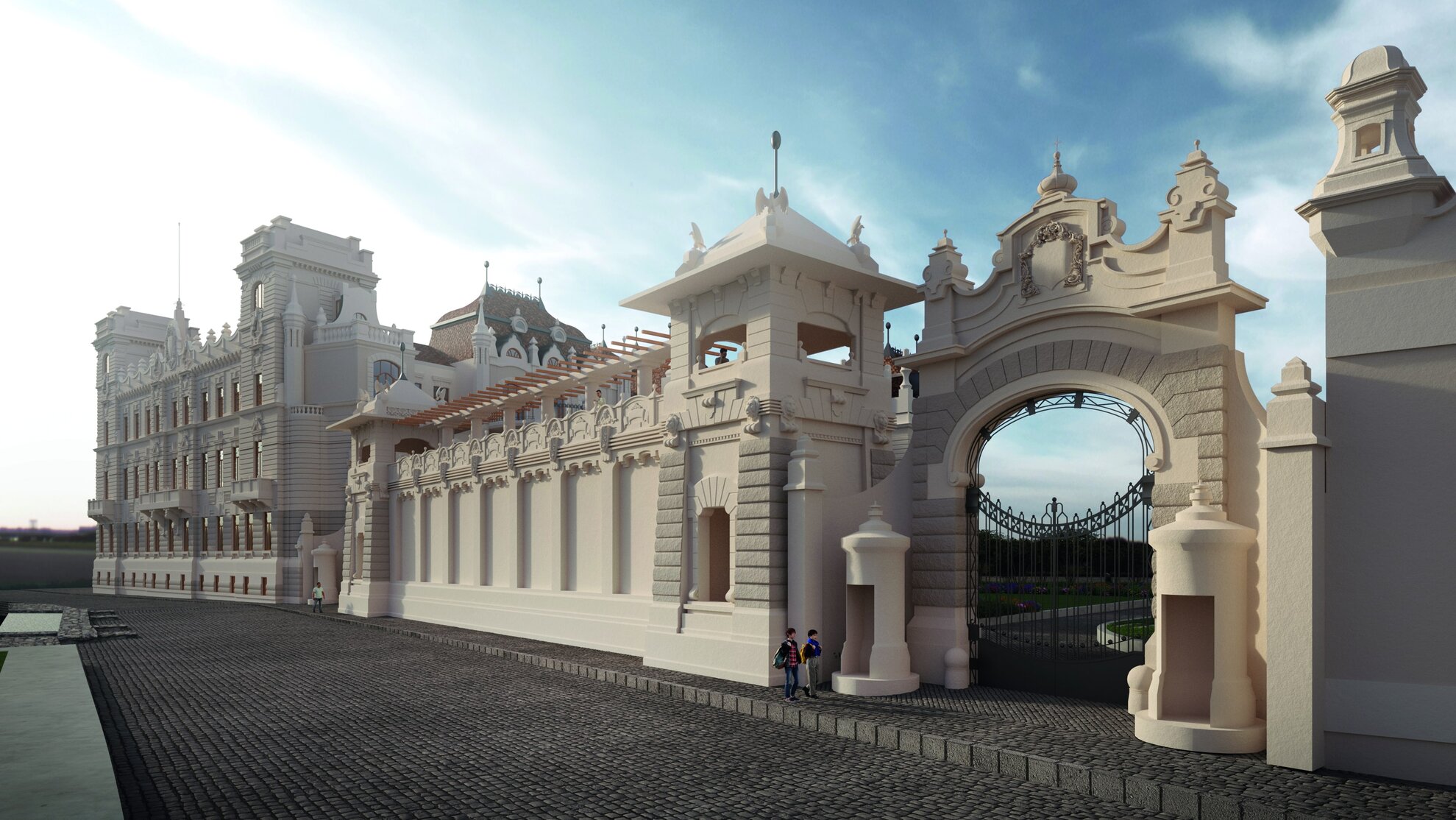
Undoubtedly, the grand stairway covered by a glass roof and the remarkable two-storey ballroom will steal the show, these grandiose spaces to be open to the public. After reconstruction, visitors may also delight in the elegant Neo-Renaissance garden or join a guided tour of the easily accessible medieval Jewish bath – the Mikveh – which is located in the intricate cave system below this part of Budapest.
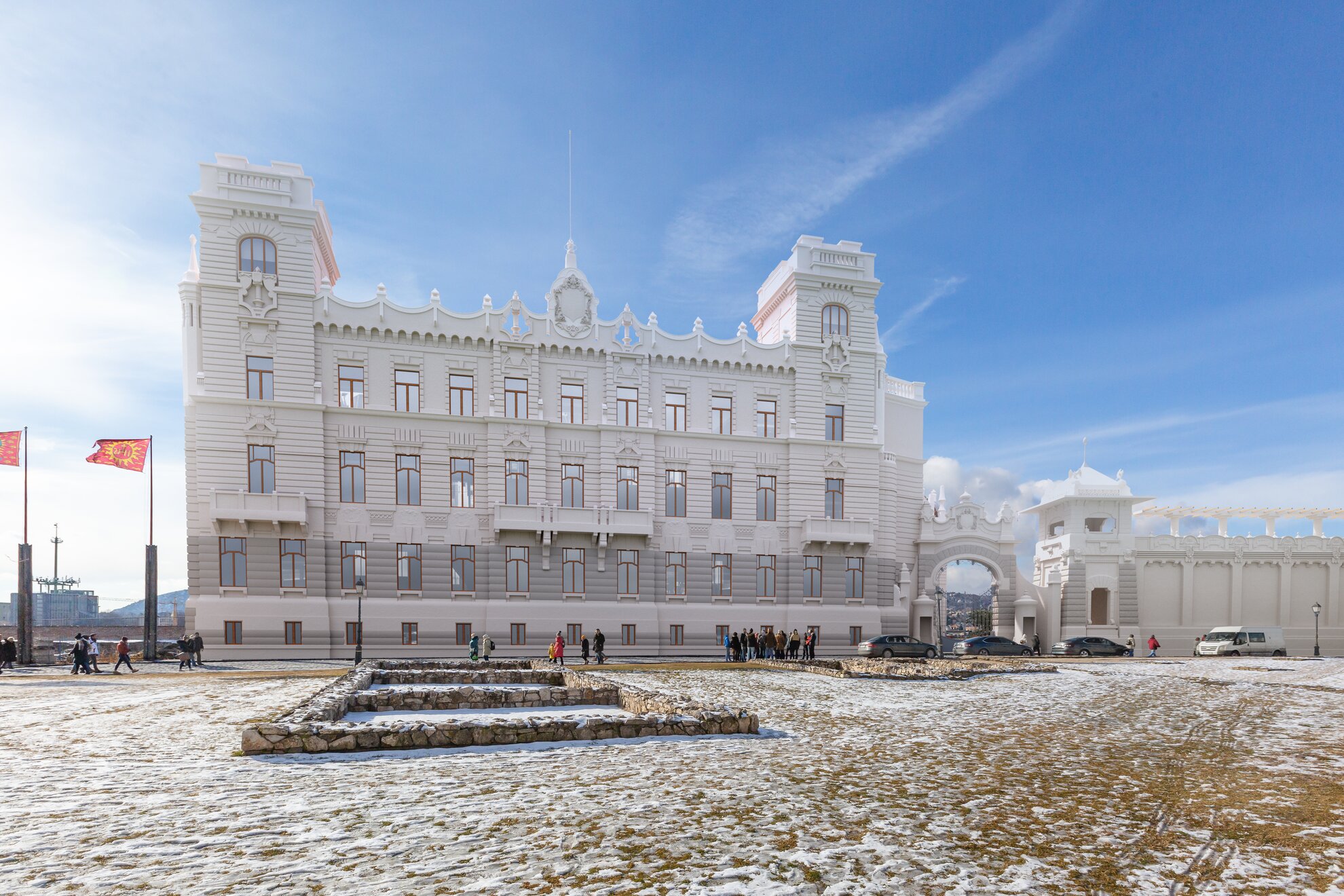
The non-profit company behind the maintenance of the Castle District, Várkapitányság, announced that the arcaded walls and the splendid gates surrounding one side of the palace garden will also be faithfully rebuilt. For the first time in history, archaeological excavations will be carried out alongside the Fehérvár Bastion, where the original stables of the royal palace will be recreated.
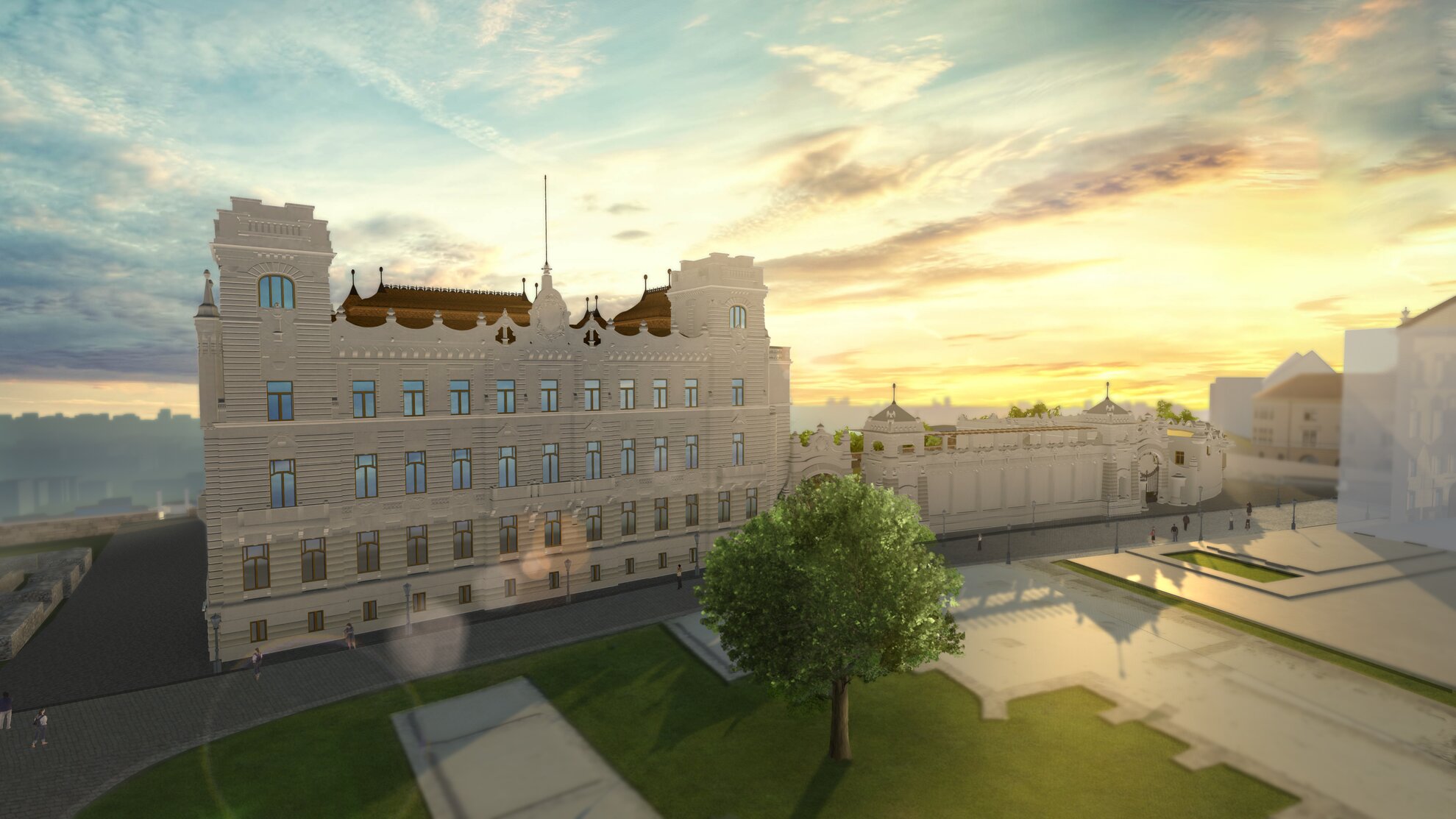
After the war, parts of Buda Castle’s retaining walls were demolished. The reconstruction of the missing parts is another project of the Hauszmann Programme. Plans for an underground car park below Buda Castle will finally be implemented, with more than 300 spaces.
Construction will begin once the blueprint is finalised this year.
